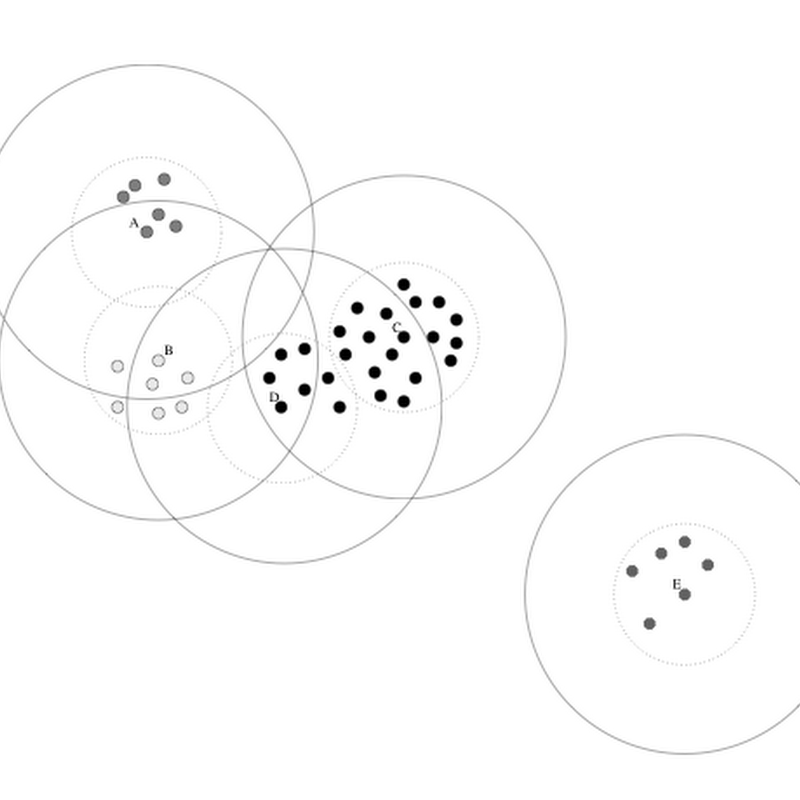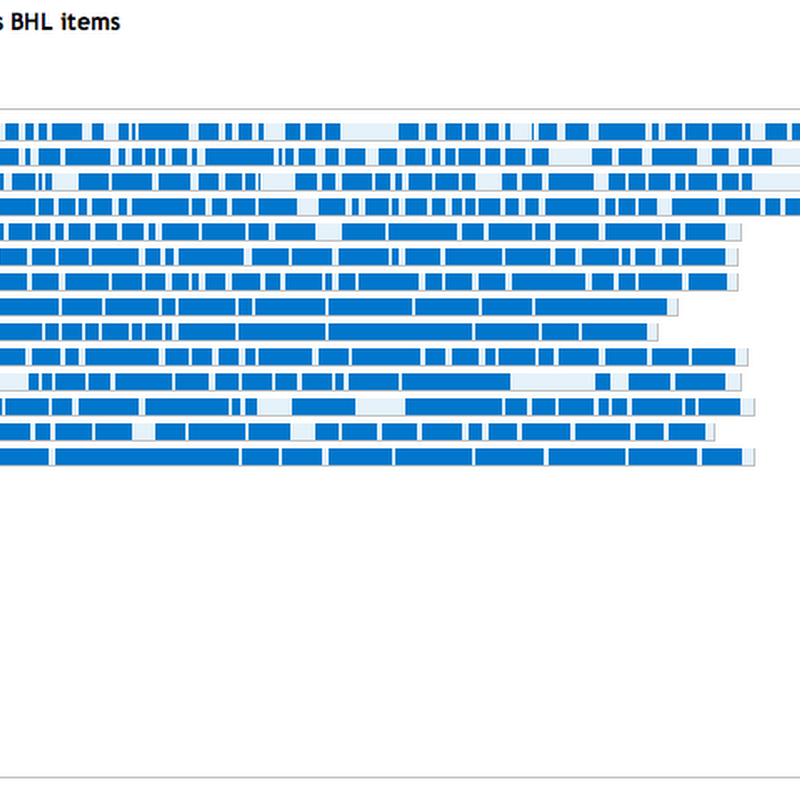
Cooliris is a web browser plugin that can display a large number of images as a moving "infinite" wall. It's Friday, so for fun I added a media RSS feed to BioStor to make the BHL page scans available to Cooliris.

Cooliris is a web browser plugin that can display a large number of images as a moving "infinite" wall. It's Friday, so for fun I added a media RSS feed to BioStor to make the BHL page scans available to Cooliris.
I've just spent a frustrating few minutes trying to find a reference in BioStor. The reference in question is and comes from the Reptile Database page for the gecko Phyllodactylus gilberti HELLER, 1903. This is primary database for reptile taxonomy, and supplies the Catalogue of Life, which repeats this reference verbatim. Thing is, this reference doesn't exist! Page 39 of Proc. Biol. Soc.

Thinking about next steps for my BioStor project, one thing I keep coming back to is the problem of how to dramatically scale up the task of finding taxonomic literature online. While I personal find it oddly therapeutic to spend a little time copying and pasting citations into BioStor's OpenURL resolver and trying to find these references in BHL, we need something a little more powerful.

The ability to create PDFs for the articles BioStor extracts from the Biodiversity Heritage Library has been the single most requested feature for BioStor. I've taken a while to get around to this -- for a bunch of reasons -- but I've finally added it today.
Chris Freeland tweeted about the presentation he gave to a recent BHL meeting, the slides for which are reproduced below: BHL Tech Report View more presentations from chrisfreeland. It makes interesting viewing.

A little while ago I came across Wikisource, and it dawned on me that this is a model for BHL. To quote from the Wikisource web site: Much of their content comes from the Internet Archive (as does BHL's), and Wikisource have developed extensions for Mediaiwki to do some cool things, such as extract text and images from DjVu files.

A quick, and not altogether satisfactory hack, but I've added a simple interactive treemap to BioStor. It's essentially a remake of the Catalogue of Life treemap I created in 2008, but coloured by the number of references I've extracted from BHL.

Jim Croft drew my attention to a cool crowd-sourcing project to convert scans of Australia's newspapers to text. The site has a nice chart showing the projects' coverage of the Australian newspapers, which motivated me to show something similar for BioStor. Each journal page now shows a chart of article coverage.

My BioStor project has reached over 13,000 articles, making it a sizeable respository of open access articles on biodiversity. It's still a tiny fraction of what could be extracted from the Biodiversity Heritage Library (BHL), but perhaps it's worth taking stock of what's there. Coverage One pleasing discovery is that, despite the 1923 cut-off due to U.S. copyright, BHL contains a lot of post-1923 articles.
Today I finally got a project out the door. BioStor is my take on what an interface to theBiodiversity Heritage Library (BHL) could look like. It features the visualisations I've mentioned in earlier posts, such as Google maps based on extracted localities, and tag trees. It also has a modified version of my earlier BHL viewer.